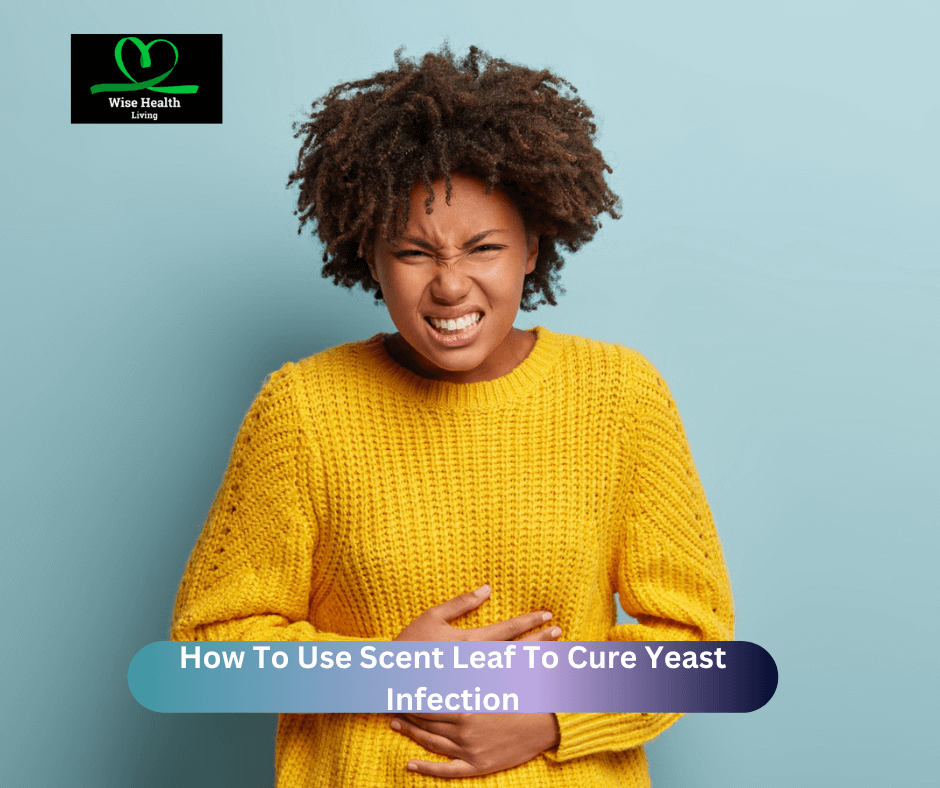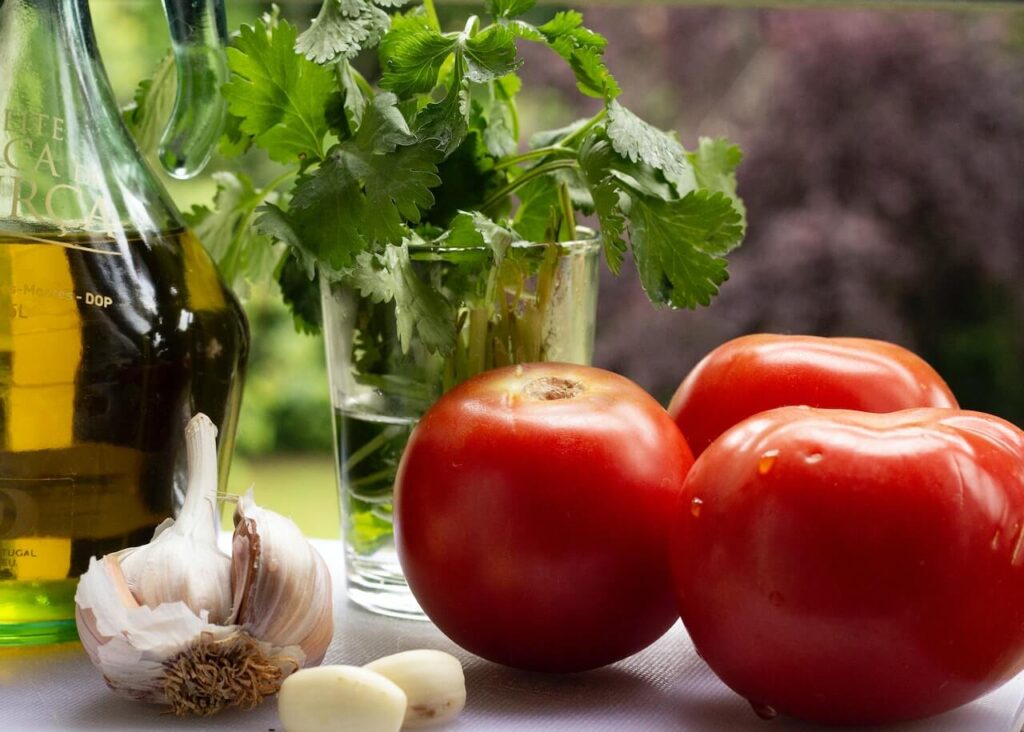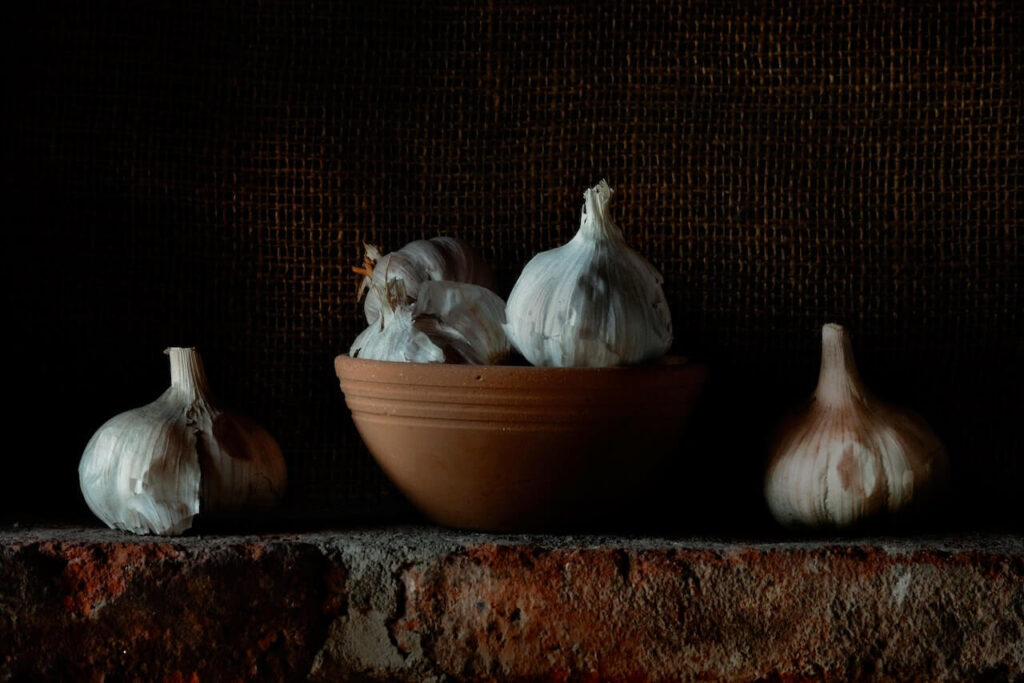When people get down with infections, they get to do everything cheap and easily accessible to end their pain and discomfort, especially if funding is tight for tests and drugs. They begin to entertain questions like how to use scent leaf to cure yeast infection.
Though, many medical experts would advise people in this scenario to go for a urine test or a genital swab to find out what type of infection ails them, and buy and use the required antibiotics to get them back to health; people still go looking for the easiest way out.
This is not to debunk the claim that scent leaf doesn’t come in handy for treating or curing yeast infections, it is just to say that going through the proven ways is the best solution.
Before we go deep into proving which side is right, let us first aim to define what a scent leaf is.
What is a scent leaf?
Known scientifically as O. gratissimum, the scent leaf is a common herb used in cooking in West Africa. It is also used by some in the Caribbean and goes by many names in the places where they are found.
Scientific classification of scent leaf
The plant belongs to the Plantae kingdom and Clades including Tracheophytes, Angiosperms, Eudicots and Asterids.
The plant further falls into the Lamiales order, in the Lamiaceae Family.
The Genus they belong to is the Ocimum and their species are tagged the O. gratissimum Species.
Various names of the scent leaf
Popularly called “Scent leaves” in Nigeria English and in the English-speaking African diaspora; the scent leaf is known as “Ebe-amwonkho” in Edo, South-Southern Nigeria. Called “Efirin” among the Yoruba people of Southwestern Nigeria and Nchanwu, Nchuanwu or Arimu in Igbo in Igbo people of southeastern Nigeria.
The Hausa tribe calls it ‘Daidoya” and it is called “Kungurekwu u tamen” in Tiv.
Called “Tchayo” in Fon, “Dogosui” in Ewe, “Tamwṍtswã́gi” in Nupe, “Kpan-sroh” in (Irigwe language), “Añyeba” in Igala, “Ntong” in Ibibio and Efik.
Called “Kunudiri” in Kirikeni, “Okuein Nunum” in Akan.
In tribes in other parts of the world, the scent leaf is called “Nunu Bush” in Jamaica (from the Akan language), “Yerba di holé” in Papiamento, “Fobazen” in Haiti, “Mujaaja” in Uganda, “Maduruthala” in Sri Lanka; “Kattutulasi” or “Kattu Thrithaav” in Kerala.
Called “Bai yeera” in Thai, “Rehani” in Georgian, “Van Tulsi” in Gujarati, “Tomka leaf” in chittagoneon Bangla, “Awromangnrin” in Baoulé and “Demakese” in Ethiopia.
Uses of scent leaf
There are various uses of scent leaves and they include:
1. For cooking
Scent leaf can be included as spice food like beans, nkwobi, jollof rice, pepper soup, local rice, stew, peppered chicken, fish and meat pepper soups, isi ewu, yam porridge, plantain porridge.
2. Food preservation
The essential oil found in the scent leaf has the potential for use as a food preservative due to its antibacterial and antimicrobial properties.
3. As an antibiotic
The scent leaf has been found to contain antibacterial properties in it’s essential oil and can be used as an antibiotic thereby confirming its use efficacy in answering the question: “How to use scent leaf to cure yeast infection” to a certain point.
The essential oil found in the scent leaf also has compounds that are toxic to Leishmania, a parasitic protozoan, that are responsible for the disease leishmaniasis and spread by sandflies.
4. As an insect repellent
The scent leaf is known to be good at repelling the thrips insect which is known to damage crops of onions and other plants. The insect can also act as a vector for plant viruses. Using scent leaves also comes in handy as a useful insect repellent for other crops.
Recommended – What is Kayan Mata? Everything You Need to Know About the Viral Enhancer
What is a yeast infection?
A vaginal yeast infection is a particular kind of fungal infection. Candida is a kind of yeast found in the human body. This yeast is what causes vaginal yeast infections. Candida is a particular kind of yeast, which is a form of fungus.
Under normal circumstances, you will not be affected when the yeast in your body is balanced. But, when the yeast is out of balance, it degenerates quickly into a yeast infection.
A yeast infection alters the consistency of your vaginal discharge and produces burning, itching, and redness in your vulva (the outer regions of your vagina). This actually proves the point that there is no sexually transmitted Infection (STI) called a yeast infection.
A vaginal yeast infection may also go by the vulvovaginal candidiasis or vaginal candidiasis.
A kind of vaginal yeast infection causes the vagina to swell, hurt, and may get infected. Vaginal yeast infections are one of the multiple forms of vaginitis, each of which has a similar set of symptoms.
A yeast infection can affect anyone who has a vagina. Yeast infections are most likely to occur before menopause and following puberty. Yeast infections are fairly common and relatively curable, but some circumstances might increase your chance of getting one.
Almost half will experience two or more vaginal yeast infections in their lives, and up to 75% of women will experience at least one in their lifetime. The second most prevalent cause of vaginitis is yeast infections (bacterial vaginosis is the most common).
What are the factors that propagate a yeast infection?
There are a few factors that can increase your chances of coming up with a yeast infection. They include
1. Being on certain types of steroids.
Steroids increase the risk of a person getting a yeast infection. The risk increases with dosage and duration of use, but even low-strength topical steroid creams may increase the likelihood of yeast infections by weakening the body’s natural immunological systems.
2. Antibiotics
The delicate balance between yeast and bacteria in the vagina can be disrupted by antibiotics since they destroy bacteria. This enables the Candida fungus to grow and causes sensations like burning, discomfort, or itching during sex.
3. Birth control pills
By upsetting the body’s normal hormonal balance, birth control pills might promote yeast growth. The oestrogen included in birth control pills, patches, and rings is thought to increase the amount of sugar produced by the vagina. These carbohydrates encourage the yeast that is already present in the vagina to proliferate out of control.
4. Pregnancy
The hormone oestrogen is released more often during pregnancy, which is known to throw off the chemical balance in the vagina. Moreover, pregnant women’s vaginal secretions include more sugar, which facilitates the yeast’s growth.
5. Weakened immune system
Because their bodies are less able to fight off the yeast, women with compromised immune systems are more likely to get yeast infections.
6. Unmanaged diabetes
Yeast consumes sugar as food. Your blood sugar levels might soar to extremely high levels if your diabetes is not effectively controlled. Yeast can overgrow as a result of this rise in sugar, especially in the vaginal region. In reaction, your body can have a yeast infection.
7. Other lifestyle factors
Sitting in a damp bathing suit is one such risk factor that raises your chance of developing a vaginal yeast infection. Not removing sweaty clothing, or utilising scented feminine products or vaginal deodorant may also lead to a yeast infection.
Interesting Read – Can Guava Leaves Cause Abortion? Everything You Need to Know
What does a yeast infection look like?
If you have a yeast infection, your vulva’s appearance and sensation as well as the kind of discharge that emerges from your vagina may vary. Itchy and burning skin might occur right outside your vaginal entrance.
As you urinate or engage in intercourse, the itch and burning may feel worse. Your vaginal discharge may get lumpier and thicker, but the fragrance shouldn’t change. Not everyone gets the same symptoms or experiences them at the same time.
How yeast infection happens
Many locations in your body are home to fungi. Candida is the yeast that lives in your mouth, intestines, and genitalia. Often, candidiasis doesn’t result in issues. It is naturally present in your body, and other bacteria aid in regulating its growth. The “good” bacteria’s ability to repel the “bad” germs is hampered by several conditions. Occasionally the “bad” germs succeed, and you become unwell.
How to use scent leaf to cure yeast infections
Scent leaf is not guaranteed to cure yeast infection. It is only proven in the cure of small fungal infections like ringworms and other minor illnesses like colds and fevers.
It has been discovered that it can be infused along with other major treatments to help the recovery process.
Many people would advise people with a vaginal yeast infection to steam their vaginas over a pot of boiling scent leaf mix. But the efficacy of that process has not been proven.
People who take this method may end up suffering from blisters, burns, irritations and other discomforts that come with steaming the vagina and may cause more harm than good to an already complicated and painful situation.
What then should you do? All you need to do is to go for a diagnosis and treat the infection.
Diagnosis of yeast infections
A vaginal yeast infection is a diagnosis made by your doctor. You must schedule a consultation to go over your symptoms. To determine whether you have a yeast infection, your doctor may need to collect a sample of your vaginal discharge. Your healthcare professional will be able to determine what sort of yeast infection you have and how to treat it based on your symptoms and the discharge sample.
Read Also – What Does Cinnamon and Milk do to a Man Sexually? The Scientific Answer
Medical treatment of yeast infections
Most vaginal yeast infections are treated with antifungal medicines. The particular treatment depends on how bad the infection is. Based on your symptoms and condition, your healthcare practitioner will recommend the best course of action.
Antifungal drugs combat the proliferation of yeast in your body.
Fluconazole is typically taken once a day by mouth as an oral medication (used daily for up to seven days). With an applicator, you can administer topical drugs to the vaginal region or suppository them into the vagina. Terconazole and miconazole (Monistat®) are two popular antifungal drugs you can use to treat yeast infections.
It usually takes a few days for the medicine to work on yeast infections, but it occasionally takes a full week. Very severe instances can require longer-term care. To prevent the infection from returning, use the medication exactly as prescribed and don’t stop taking it too soon.
Things to keep in mind while treating a yeast infection
There is a list of things to take into consideration when treating a yeast infection. They include:
- Get information about each type of drug from your healthcare professional, along with instructions on how to use each one safely.
- Carefully adhere to your doctor’s directions to make sure the infection is completely treated and doesn’t come back.
- Do not have sex until you’ve finished treatment if you’re taking medicine for a yeast infection. Sex can exacerbate inflammation, and some antifungal drugs can erode the condom and diaphragm materials.
How to prevent yourself from getting yeast infections
Making a few lifestyle adjustments can frequently avoid vaginal yeast infections. These alterations might involve:
- As soon as you can, change out of damp clothing, such as swimming suits or workout clothes.
- Wear loose-fitting clothing and cotton pants.
- Do not douche; douching can destroy the microorganisms that prevent the growth of fungus.
- using male deodorant instead of female.
- Avoid perfumed pads or tampons.
- Stop using sex lubricants with a water base.
- If you have diabetes, maintain your blood sugar levels within a normal range.
What to do if you keep having yeast infections?
You need to talk to your doctor if you experience more than four vaginal yeast infections each year. Your supplier might:
- To find out whether you have a vaginal yeast infection, get tested.
- Request a diabetic blood sugar test.
- Take an AIDS/HIV test.
- Talk about any potential hormonal changes (birth control or pregnancy).
In conclusion,
Yeast infections are a very common fungal infection that most women will have in their lifetime.
It’s highly treatable with medication, some of which are available to purchase at your local drugstore without a prescription. Even though you may know the signs of a vaginal yeast infection, it’s important to get examined by your healthcare provider. They can recommend the best treatment based on the type of yeast infection you have and its severity.
It is also possible to pass a yeast infection to your male partner. Even though the chances of passing a yeast infection to them are quite low, you must not rule out the possibility of them going down with one and passing it along. You should watch out for symptoms.
We hope we have been able to answer the question of how to use scent leaf to cure yeast infection and believe that everyone will follow the steps highlighted above instead of wasting your time with steaming or douching with scent leaves and water.



